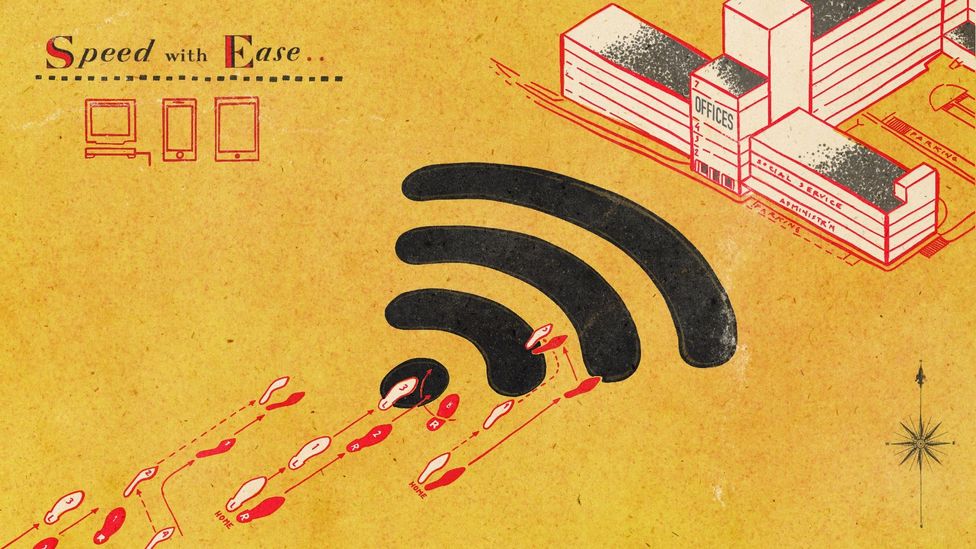Indranil Roy: Executive Director, Human Capital practice, Deloitte Consulting
How can companies become ‘virtual first’?
More than half of the global workforce is working remotely and as the pandemic continues to threaten health, we are looking at a prolonged period of hybrid working – from home and office in different proportions.
Some lessons learned: we can accomplish most tasks remotely without significant drop in productivity or quality. Most employees appreciate flexibility, especially those with long commute times. Over time, however, face-to-face interaction is required to facilitate collaboration, build relationships, solve complex challenges and generate ideas. Continuous remote work extends the work day, diffuses work-life boundaries and reduces mental wellbeing.
Given these pros and cons, organisations have to rethink their working arrangements. This re-calibration will eventually settle on a sustainable new normal, likely a hybrid workforce and distributed workplace.
Enterprises adopting this new way of working – “virtual-first” – have these characteristics: One, the workplace is distributed across home, office and satellite offices. Employees can choose to work remotely or face-to-face based on their nature of work and teams’ preferences. Two, the teams are virtual ready. Managers know how to manage, coach, collaborate, evaluate performance and motivate their team remotely. Three, the technology enables multiple modes of working. Data is saved on cloud; access and security are tailored for different working modes; and applications allow seamless virtual collaborations. Four, the culture prioritises trust and belonging. Interpersonal bonds are formed with intent and care.
With these four critical moves, organisations can transit to a hybrid-workforce model and build a “virtual-first” enterprise.
Diane Coyle: Co-Director, Bennett Institute for Public Policy, University of Cambridge
What is the role of the state in this new economy?
The economic shock caused by the pandemic is making even more pressing some of the questions about the economy that many people had already started to ask. There is a demand to ‘build back better’ as the phrase goes, because it was clear that some things had already started to go wrong and have now gotten worse.
For example, one is low pay and terrible conditions of work in the types of jobs we’ve been praising as ‘key workers’, in everything from care homes to delivery drivers and warehouse staff. Another is the terrifying decline in environmental indicators from extreme weather events and loss of biodiversity – both threatening food supplies – to polluted air and the consequences for human health.
I would highlight an underlying question about the role of the state in the economy. We have grown used to the idea that government and markets are separate spheres, and the market generally knows best. Yet in the crisis responses across the world, we have a demonstration of how dramatically governments can intervene in managing the economy. It might take years for the state role to unwind even if a government wanted to do so. But, with a focus on new infrastructure investment and green transition, on establishing job schemes, on making up for the educational deficit due to disrupted learning through 2020 and beyond and on supporting key industries such as travel and the arts, I think there will be a lasting change in perceptions of the role of the state.
Eric S Yuan: Founder and CEO, Zoom
How will video calls continue to shape businesses?
Now that the world is familiar with video communications, the way businesses and individuals communicate and connect will be forever changed.
Healthcare, education, finance and businesses large and small are growing and improving with the help of video communications. This year alone, hundreds of thousands of small business owners – yoga and piano instructors, therapists, accountants and others – maintained and even grew businesses using video to connect with customers. We believe that model will be a large part of our future, so we’ve made those interactions easier with OnZoom, a new all-in-one solution for Zoom users to create and host free and paid events on Zoom.
In the near future, some organisations will adopt a hybrid-work model, with certain days in the office and others remote, and might align employees’ in-office and remote schedules to create equity. Other companies will use video communications to be completely remote. Both models will enjoy increased productivity and deeper collaboration, and the ability to attract a more diverse workforce.








































